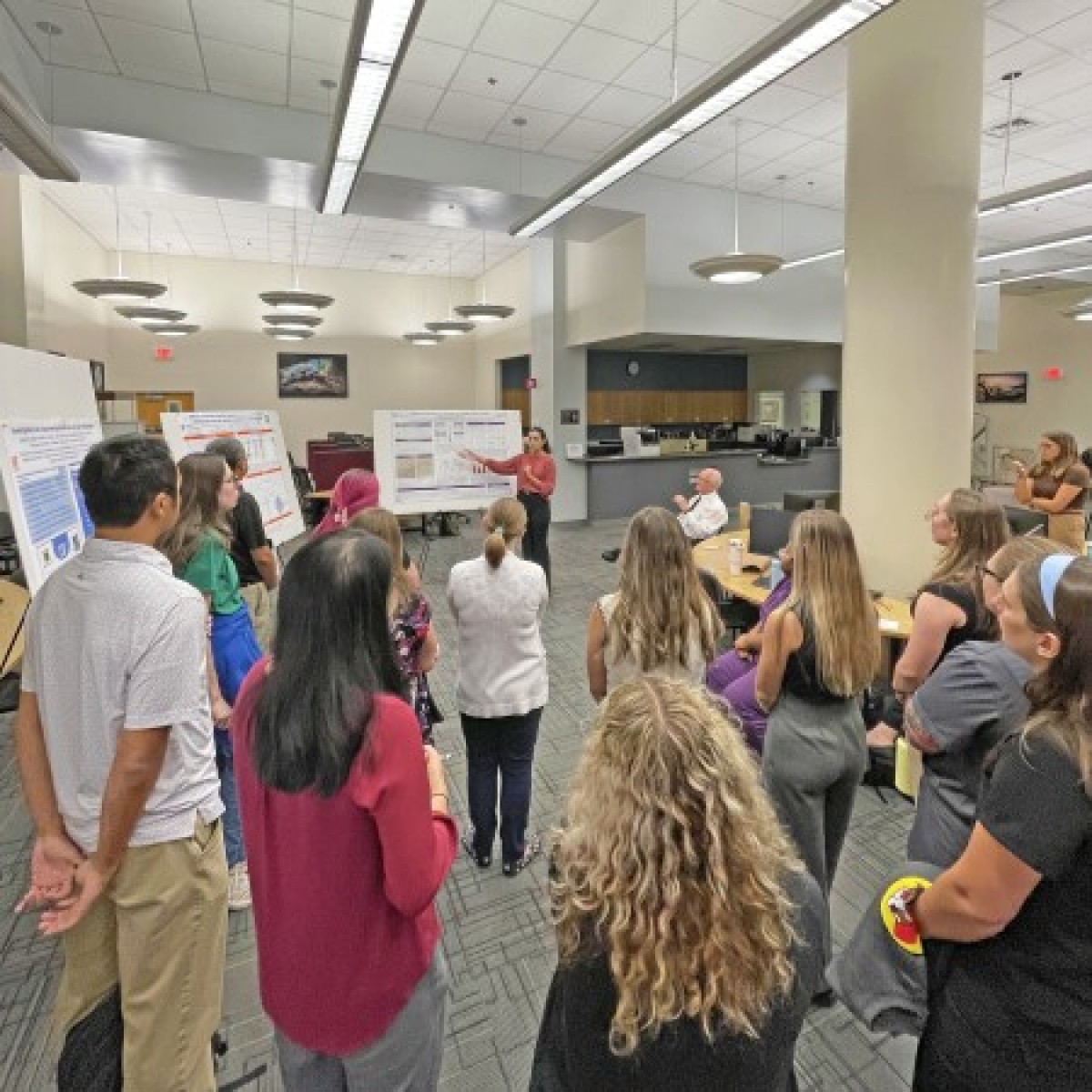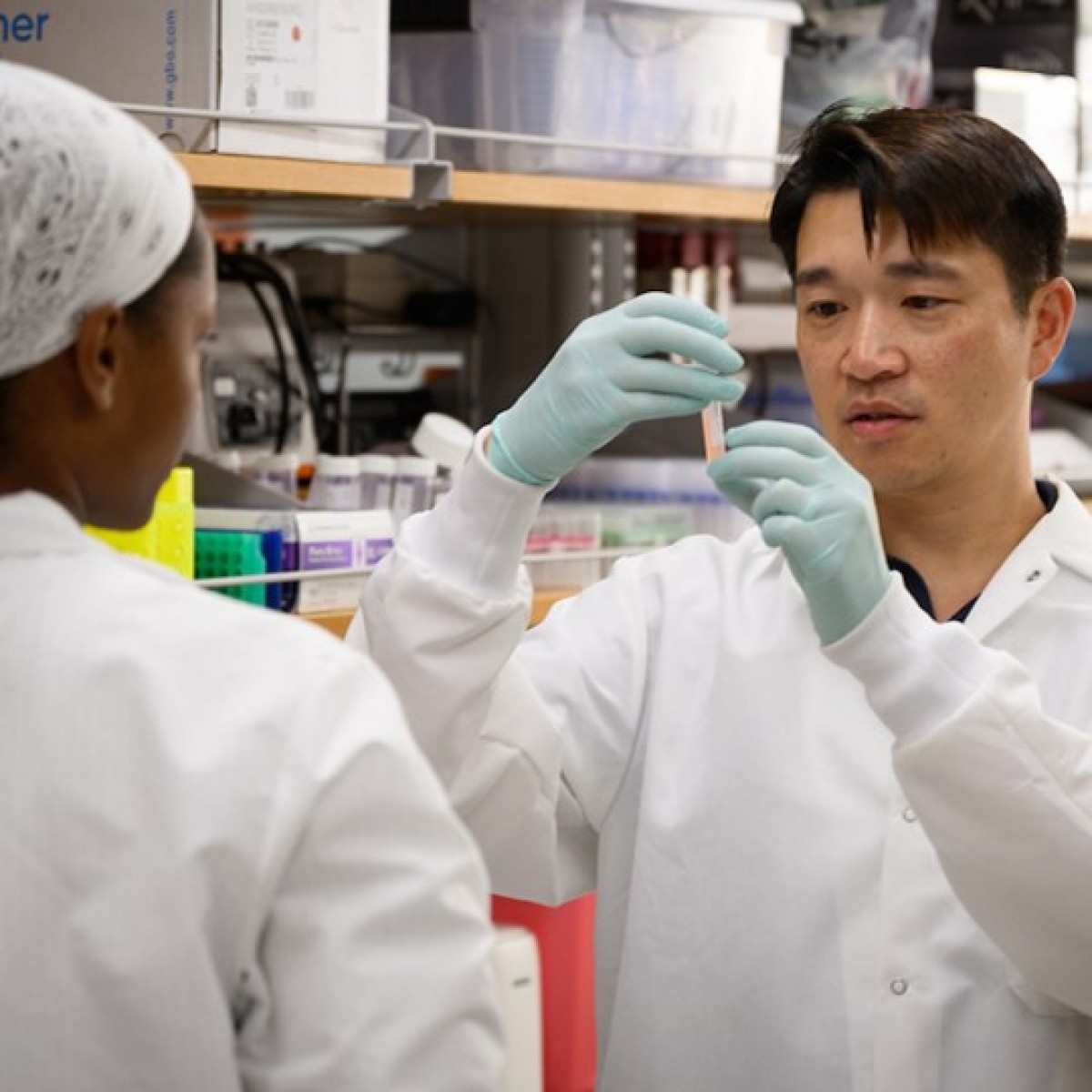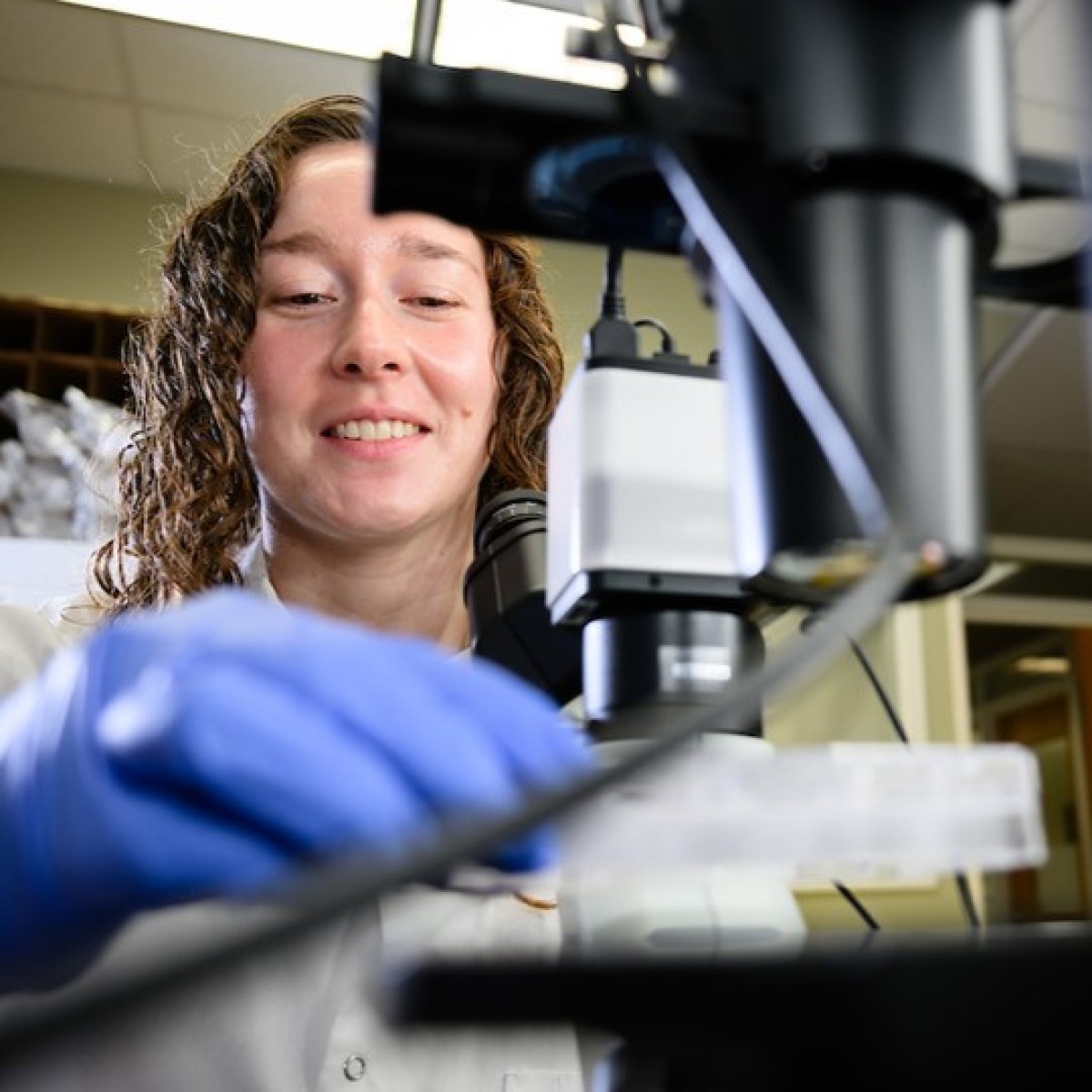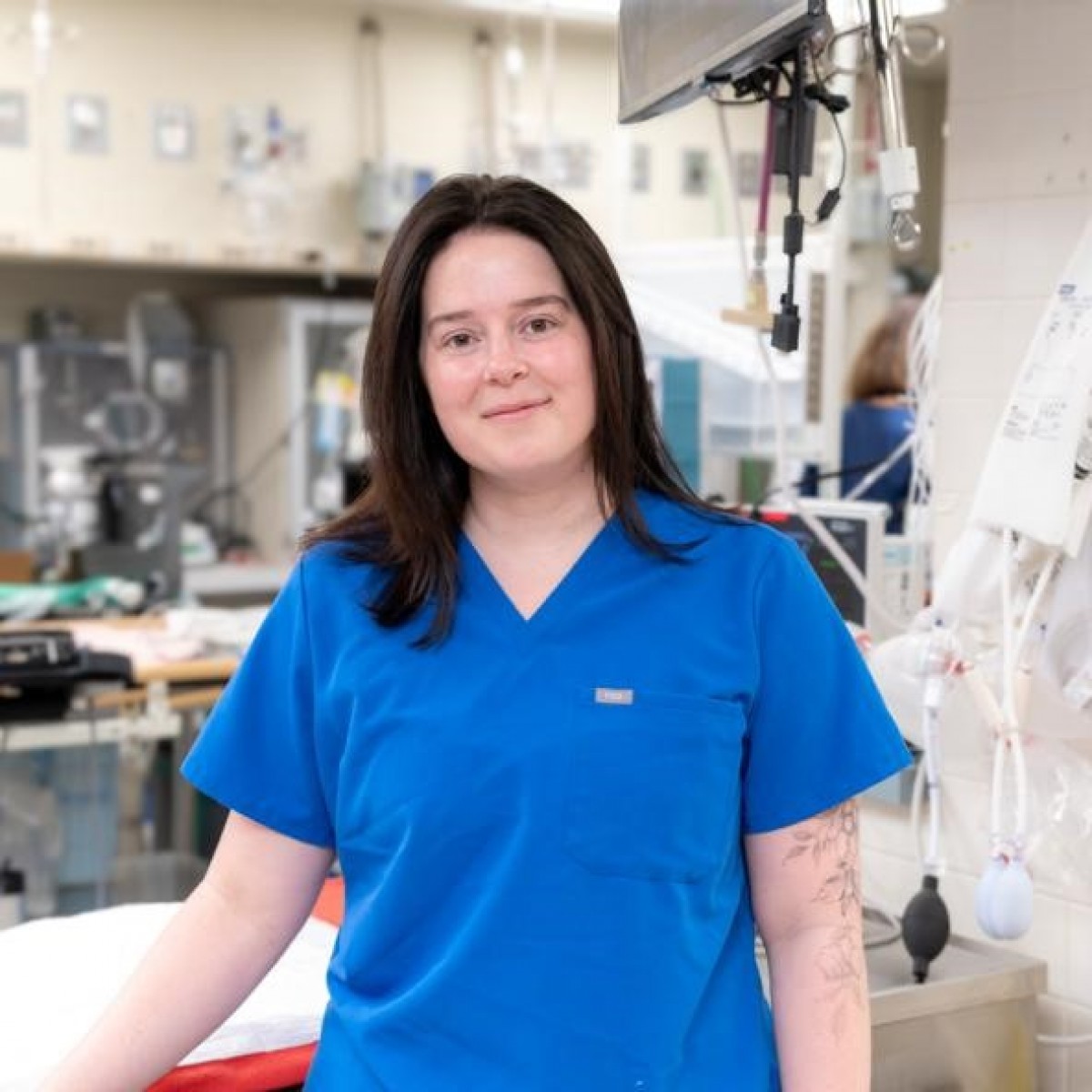New Data on Streptococcus equi
by Jenny Alonge
Merck Animal Health’s ongoing, voluntary equine biosurveillance program, which studies the prevalence and epidemiology of relevant viral and bacterial respiratory pathogens, was started in March 2008. Since then, more than 11,200 samples have been collected from U.S. horses of all ages, genders, and breeds who presented with fever and signs that indicated acute upper respiratory disease and/or acute neurological disease. The samples are tested at the University of California, Davis, School of Veterinary Medicine.
This research has a four-fold purpose:
- Facilitate diagnosis — Participating veterinarians can obtain an accurate and timely diagnosis during an acute respiratory disease outbreak, so they know the treatment protocols, quarantine recommendations, and vaccination strategies they should offer their clients.
- Knowledge — The research helps the horse industry better understand respiratory pathogen prevalence and epidemiology.
- Monitoring — The program identifies and monitors the major circulating equine respiratory pathogen strains.
- Vaccination efficacy — The research helps evaluate the efficacy of current vaccination protocols.
As part of this program, researchers published "Voluntary Biosurveillance of Streptococcus equi Subsp. equi in Nasal Secretions of 9409 Equids with Upper Airway Infection in the USA" in Veterinary Sciences in January 2023.
Study specifics
From 2008 to 2020, more than 9,400 horses were tested via nasal secretion for S. equi and common respiratory viruses, such as equine influenza virus (EIV), equine herpesvirus-1 (EHV-1), equine herpesvirus-4 (EHV-4), and equine rhinitis A and B viruses (ERAV/ERBV).
Study specifics include:
- Study population — The study population included horses with acute onset respiratory signs (i.e., fever, nasal discharge, coughing). The biosurveillance program included 261 participating equine veterinary practices in various geographical regions.
- Data collection — Participating veterinarians filled out questionnaires about the horses’ signalment, intended use, transport history, vaccine history, and clinical signs.
- Sample collection — Attending veterinarians performed a physical examination and collected a nasal swab that was tested for common equine respiratory diseases.
Key research takeaways
The research provided much valuable information, including:
- 7.6% of horses tested qPCR-positive for S. equi, making the pathogen the third-most common upper respiratory disease in the U.S., following EHV-4 at 10.5% and EIV at 9.7%
- 31.6% of horses that tested positive for S. equi experienced co-infections with EIV, EHV-4, and ERBV.
- Quarter horses tested positive for S. equi more frequently than other breeds.
- S. equi-positive horses’ median age was 8 years.
- Competition, ranch, and farm horses tested positive for S. equi more frequently than horses used for other activities.
- No regional differences in prevalence were observed.
- While S. equi-positive cases were reported during all four seasons, the disease is more common in the winter and spring.
- The most common clinical signs were nasal discharge, fever, and lethargy.
- S. equi-vaccinated horses were less likely to test qPCR-positive for S. equi.
Coinfections
Researchers found that horses who tested positive for S. equi commonly tested positive for other respiratory pathogens. They theorize that viral infections make a horse more vulnerable to bacterial colonization of their respiratory tract and made recommendations for veterinarians based on this information, including:
- Upper respiratory infections present with similar clinical signs. Don’t assume you know the causative agent without performing appropriate diagnostic testing.
- If a horse isn’t improving on appropriate treatment, consider that another pathogen may be complicating the case.
Biosurveillance program benefits for veterinarians
Participation in the Merck Animal Health Biosurveillance Program gives veterinarians access to tools that help them address infectious upper respiratory disease outbreaks. Benefits include:
- Accurate pathogen identification — Samples are tested by quantitative PCR at the University of California, Davis, providing accurate pathogen identification.
- Speedy results — Results are returned in 24 hours, so proper treatment can be implemented as soon as possible.
- Identify trends — The biosurveillance program’s findings help identify regional and national disease prevalence patterns, and knowing the pathogens in your area is extremely beneficial.
Disinfection protocol recommendations for owners
To help prevent disease outbreak, appropriate disinfection protocols in conjunction with an appropriate vaccination program are important. Steps involve:
- Remove organic debris — Remove organic debris from surfaces, buckets, feed tubs, and bedding. Use liquid detergent solution to soften and remove dried organic material. Allow surfaces to dry before applying disinfectant.
- Disinfect appropriately — Tips include to apply the product according to the label directions and allow adequate surface contact time, choose EPA-registered disinfectants that are documented as effective when organic matter is present and safe to use around horses and humans and apply the disinfectant with an electrostatic sprayer. When disinfecting, use a continuous path through the area, working from low to high areas in a sweeping motion, until surfaces are thoroughly wet. Allow surfaces to dry naturally, and then apply an antimicrobial solution.
- Apply an antimicrobial solution — After disinfecting the area, spray on an antimicrobial solution to provide a protective barrier against bacteria, fungi, mold, and algae.
Information obtained from this research and other ongoing studies included in the biosurveillance program will help equine veterinarians better treat and prevent common respiratory diseases.














List
Add
Please enter a comment